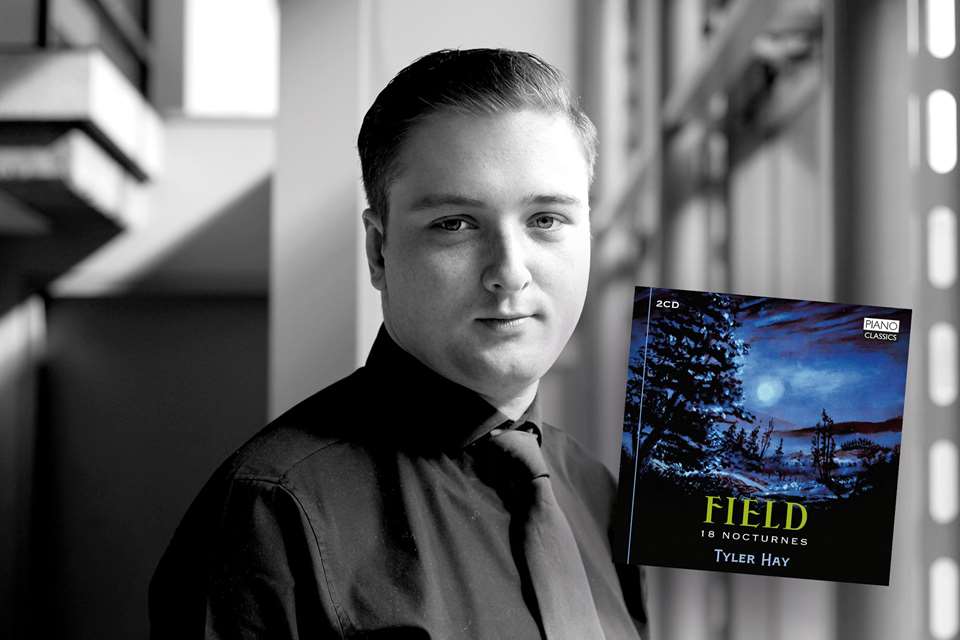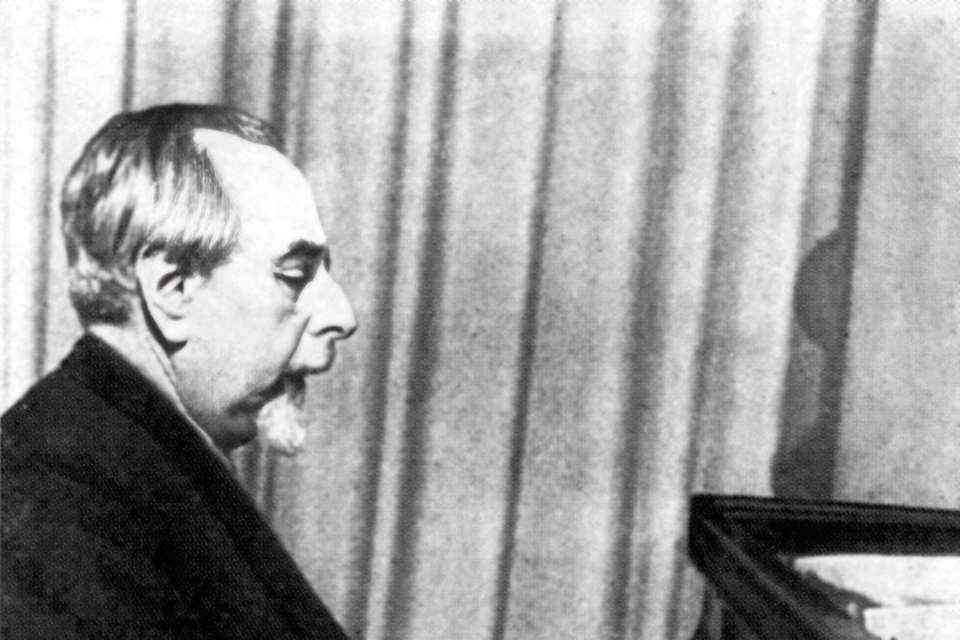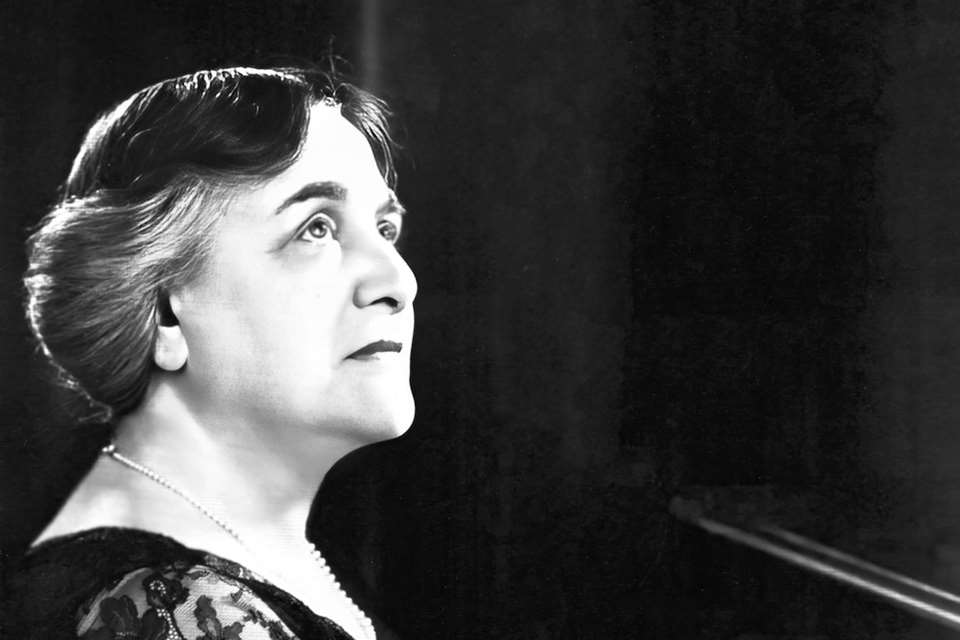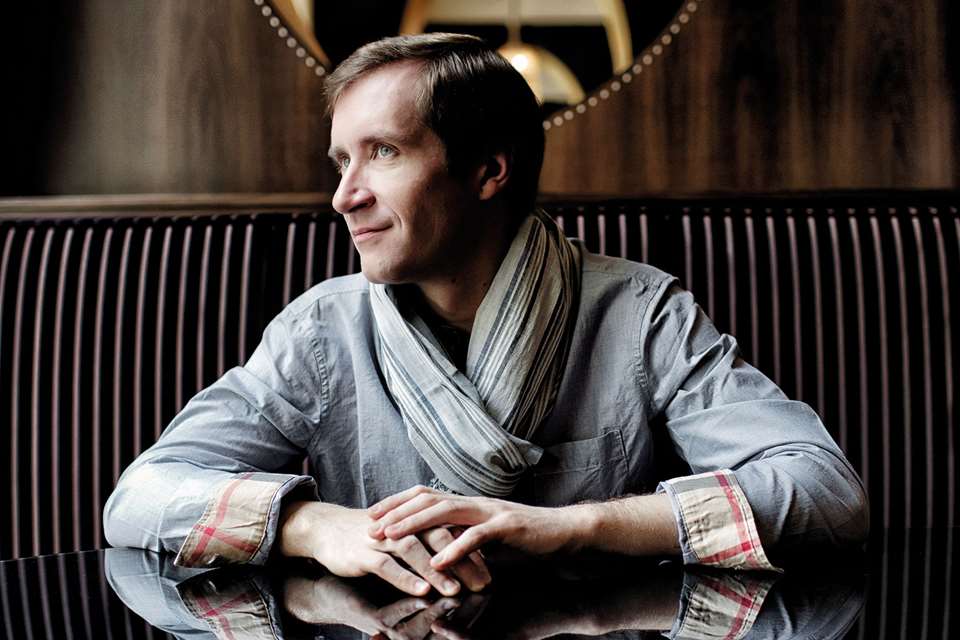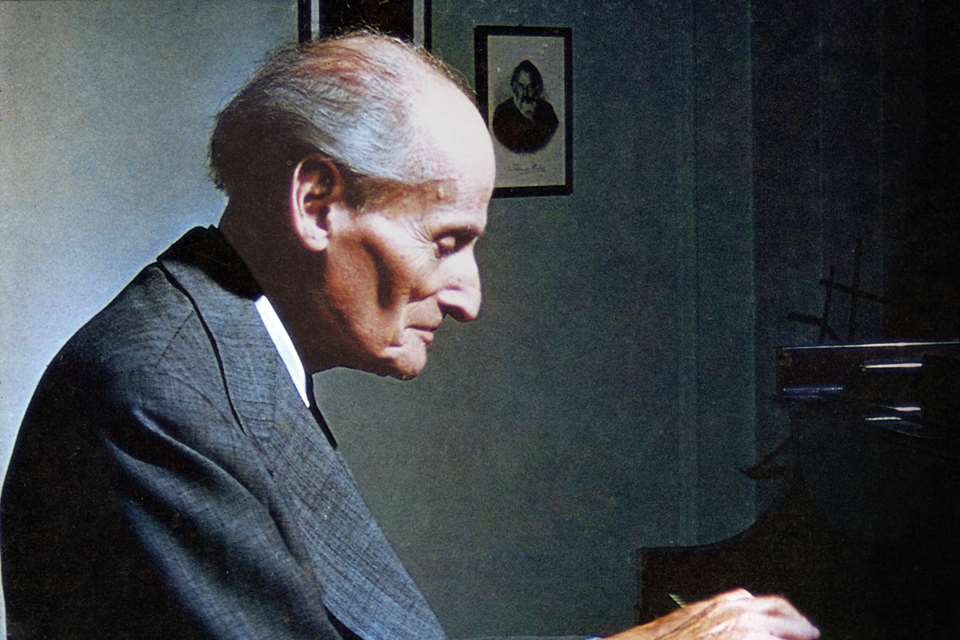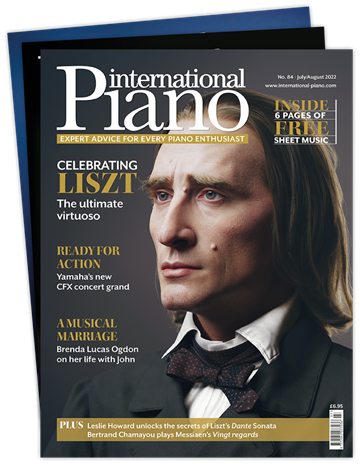Schumann’s Faschingsschwank aus Wien | Repertoire Guide
Charles Timbrell
Friday, March 8, 2024
Charles Timbrell introduces a lesser-played masterpiece that was part of the miraculous outpouring of solo piano music Schumann composed in the years immediately before his marriage to Clara Wieck, and surveys its history on record
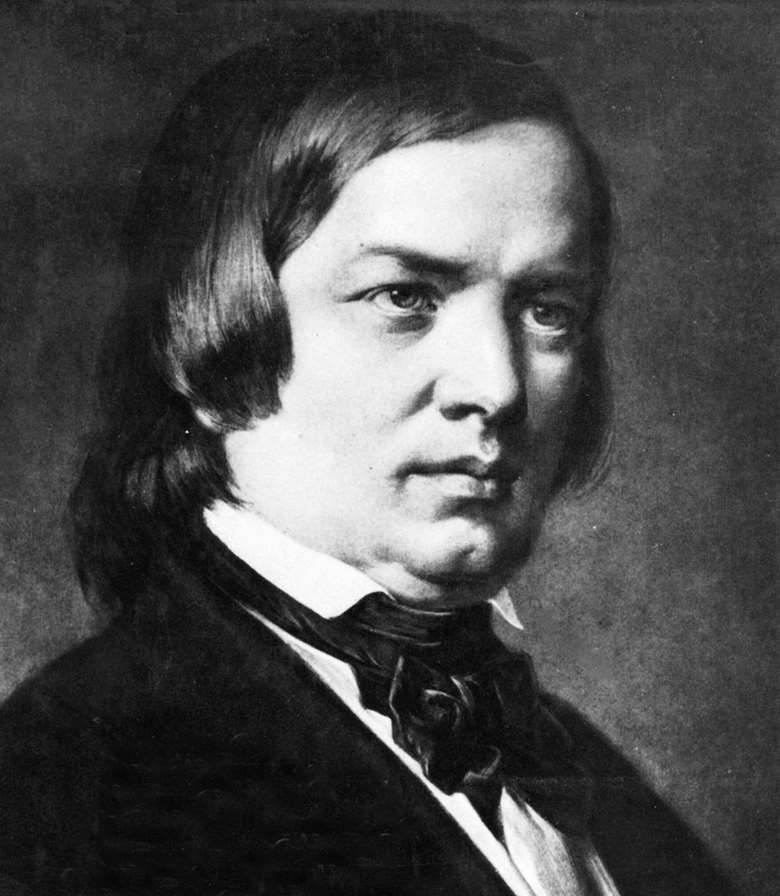
Register now to continue reading
This article is from International Piano. Register today to enjoy our dedicated coverage of the piano world, including:
- Free access to 3 subscriber-only articles per month
- Unlimited access to International Piano's news pages
- Monthly newsletter





